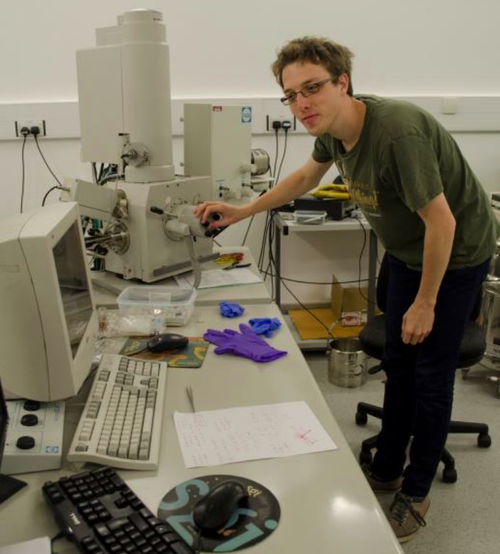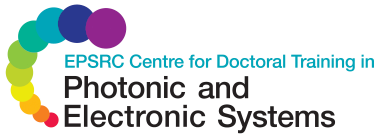
Peter Griffin first author of paper featured in Journal of Applied Physics
The paper examines the relationship between the three-dimensional structure of porous GaN distributed Bragg reflectors and their birefringence.
Peter Griffin is a final year PhD student on the IPES CDT, studying at University of Cambridge in the Centre for Gallium Nitride. He is first author on the paper featured in the Journal of Applied Physics, 127, 193101 (2020).
Peter said, ‘It's a favourite of my own papers for the broad range we give to the problem, which was only possible thanks to the efforts of my colleagues.’
Title: The relationship between the three-dimensional structure of porous GaN distributed Bragg reflectors and their birefringence.
Authors: P. H. Griffin, K. M. Patel, T. Zhu, R. M. Langford, V. S. Kamboj, D. A. Ritchie and R. A. Oliver.
Abstract:
Porous GaN distributed Bragg reflectors offer an opportunity to provide the high reflectance, lattice-matched components required for efficient GaN vertical cavity surface emitting lasers. The birefringence of these structures is, therefore, of key interest as it could be used to control the polarization of the emitted light. Here, we present a detailed analysis of the optical birefringence for both laterally etched, patterned structures and self-assembled radial porous structures. We correlate this with the 3D structure of the pores, which we measure through the use of FIB milling and serial block-face SEM imaging. This is a powerful method for imaging the internal nanostructure of the sample and allows the internal pore morphology to be viewed in a reconstruction of any 3D plane. We measure the birefringence of our porous GaN layers as Δn=0.14 with a lower refractive index parallel to the pores (∥) than perpendicular to them (⟂). Using finite element modeling, we accurately reproduce the experimentally observed birefringence trends and find that this can be done by modeling GaN as a perfect dielectric. This indicates that the birefringence arises from the limited width across the pores. This also shows that standard modeling approaches can be used to design porous GaN birefringent devices effectively.
Publication: Journal of Applied Physics, 127, 193101 (2020).
DOI: https://doi.org/10.1063/5.0005770
Read the full text: https://aip.scitation.org/doi/abs/10.1063/5.0005770
FIG: Cartoons showing the etching mechanisms of the two sample structures used in this work

